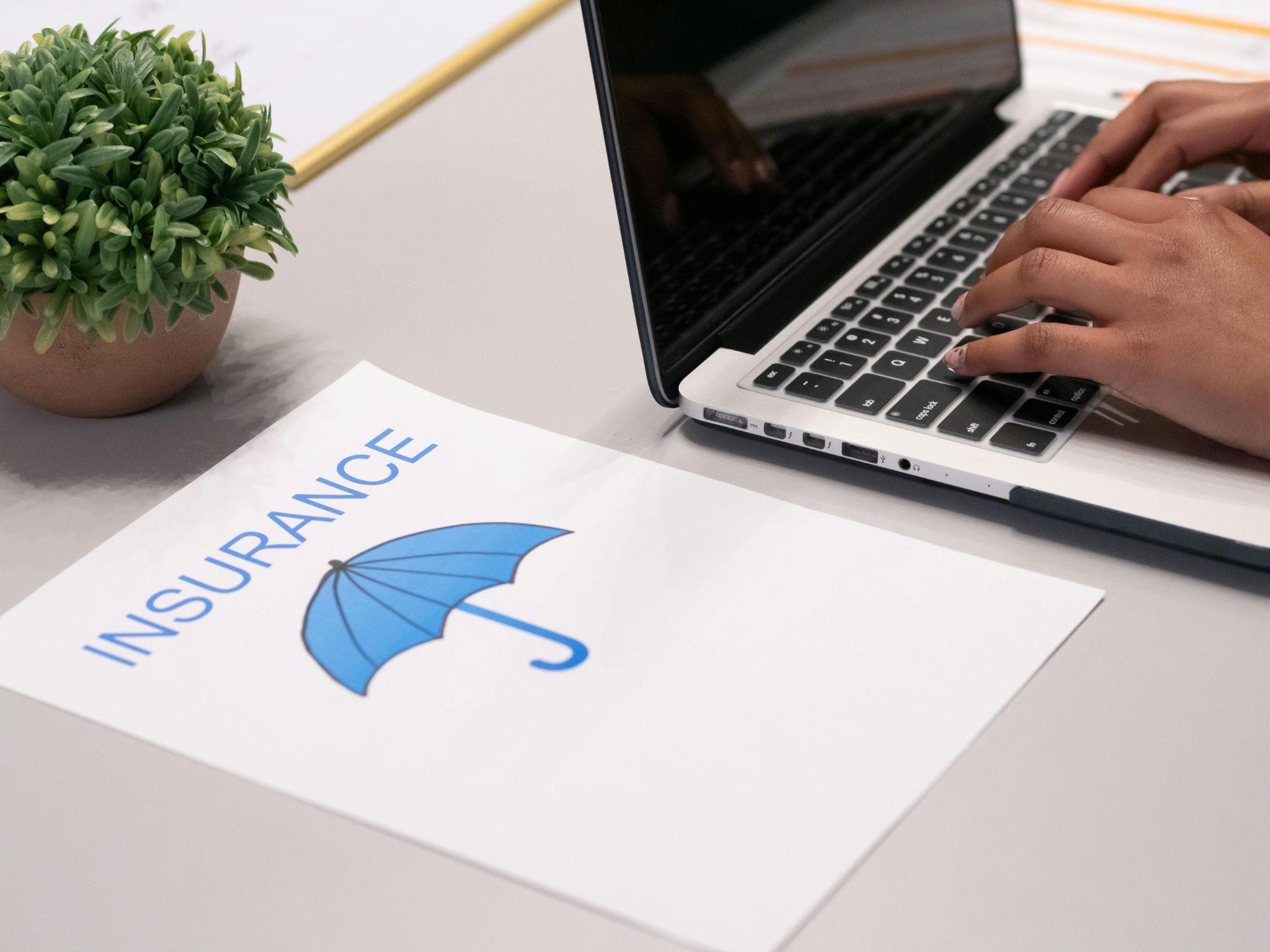Financial Pitfalls: Common Insurance Mistakes That Could Break the Bank
Insurance is one of the most crucial financial tools everyone should have. It doesn’t only serve as a financial cushion that reduces financial uncertainty and turns unexpected costs manageable. It can also help generate and build wealth and reduce tax liabilities.
The problem is that finding the right insurance suitable for one’s needs and financial capabilities is no walk in the park. With confusing insurance jargon and complicated processes, it’s easy for anyone to make costly mistakes.
In this article, we’ve rounded up five costly insurance mistakes everyone should avoid.
Heavily Focusing on Premiums
Insurance companies and licensed brokers are heavily monitored and regulated by insurance commissions in their jurisdictions. Should these insurance providers struggle or fail financially, these commissions can also help them cover their insurance obligations.
Despite this guarantee, insurance commissions advised policyholders and other consumers to opt for established companies on top of affordable coverage. They should have solid financial health and a good reputation.
Contact or visit your area’s nearest local insurance commission to find reputable insurance companies. Ask for a list of recommended legitimate and trustworthy insurance companies. If possible, inquire whether they have complaints filed against them.
While you’re still in contact with them, take advantage of the situation and seek advice related to insurance. For example, ask whether you should report income increases while on Medicaid or how to reduce insurance costs based on your current situation.
Moreover, ask your friends and family members about insurance products and their experiences with their current insurance companies. Also, check their reviews online and go over other people’s experiences.
Do your due diligence in finding the right insurance product and company. It should respond to your needs, fit your current financial situation, and handle claims efficiently and fairly. If you only aim for affordable coverage, you’ll likely get underinsured, which costs more in the future.
Being Underinsured
Around one in five policyholders claimed they were underinsured. Underinsurance occurs when the purchased insurance is inadequate for your current needs and financial goals. As mentioned, this will become a financial burden on your part despite being insured.
There are many reasons for being underinsured. Typically, people are unaware they need to increase their policy amount as their income and financial obligations increase. Otherwise, it’ll result in a coverage shortfall.
Others, in contrast, knew about it but chose to leave their insurance as is because it was not their priority or they had other more important things to spend on. However, note that the decision brings economic losses for them.
To avoid being underinsured, always update your insurance agent or insurance provider about the big changes in your life that affect your insurance. These include changes in your status (single or married), family size, work, financial goals, income, and debt.
After analyzing your needs, choose an adequate sum insured that fits your current financial situation and goals. If unsure, don’t hesitate to seek professional help, especially when necessary. Ask questions like what is supplemental life insurance or how much are the overall costs after factoring in inflation and other plausible unexpected expenses while purchasing the coverage.
Skipping Flood Insurance
Flooding is the most common and “expensive” disaster in the United States. Despite this, many don’t have flood insurance. This includes those who live in low-risk areas. Surprisingly, a quarter of all flood damage has reportedly occurred in areas that are less prone to flooding.
In other words, everyone is highly recommended to get flood protection. This is why the US National Flood Insurance Program (NFIP) made flood insurance very affordable to ensure everyone gets protected. As of 2023, it only costs $859 on average per year.
An additional money-saving strategy is choosing a property in a less flood-prone area. The NFIP provides maps indicating flood risk across the country, helping potential homeowners make informed decisions.
Investing in flood insurance is a smart move to minimize damage costs for those already in flood-prone zones. Additionally, exploring other mitigation efforts to reduce or prevent the risk of flood damage is advisable.
Foregoing Renters Insurance
If you’re renting, having renters insurance is as crucial as getting flood protection. If something goes wrong, it covers your belongings and other extra costs, like moving expenses. It also protects you if someone is injured on the property and decides to sue.
Some tenants think their things aren’t valuable enough to get insurance. However, it’s usually the other way around. Even belongings in a regular two-room apartment can already cost an average of $30,000. That’s much more than a standard renters insurance’s $18 monthly premium.
Delaying Insurance Purchase
The general rule is to get insurance early to maximize its benefits. As we age, our risks increase, leading to higher insurance premiums. Most of the time, they increase by 8-10% yearly as you age.
However, many young people delay getting insurance because they’re focused on paying off other debts like car and student loans. While paying off debts is essential, don’t wait too long to get insurance.
If your finances are tight, find a budgeting system that helps you pay down debt, save for retirement, and still afford insurance. It’s also highly recommended to seek professional advice if financially possible.
Final Thoughts
Buying insurance is one of the most important financial decisions we make, so it’s crucial to make informed decisions. Spare some time to read, research, compare, and ask advice to avoid costly mistakes.

